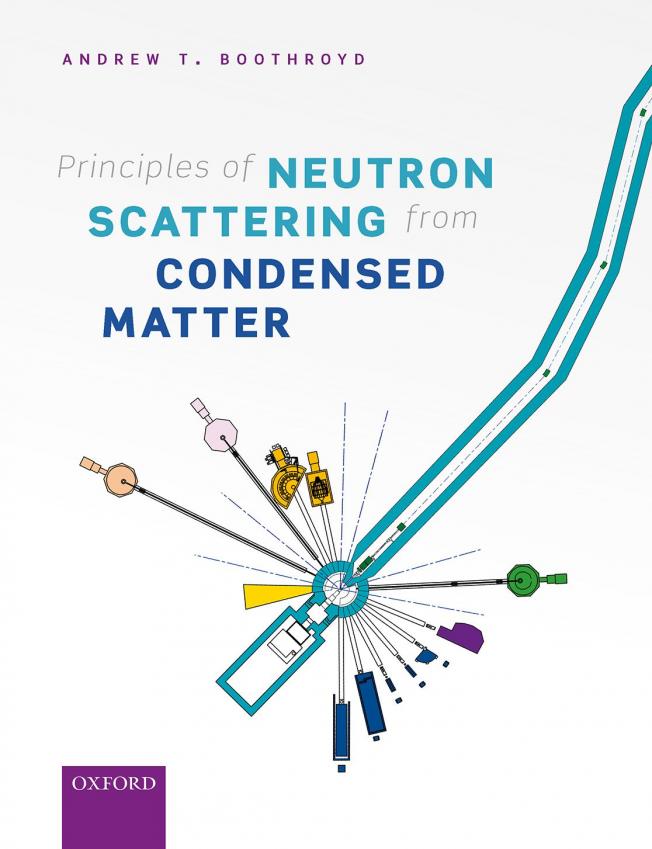R-Cu magnetic coupling in RBa2Cu3O6+x, with particular reference to PrBa2Cu3O6+x
PHYSICA B 241 (1997) 792-794
Abstract:
In this paper I enumerate the possible magnetic structures that may be observed in RBa2Cu3O6+x compounds when a bilinear coupling exists between the R and Cu magnetic moments. I discuss the implications of this coupling for local relaxation probes at the R site. (C) 1998 Elsevier Science B.V. All rights reserved.Crystal-field energy levels on Pr2NiO4 by inelastic neutron scattering and heat-capacity measurements
PHYSICA B 234 (1997) 728-730
Abstract:
We report a preliminary study of the Pr3+ ground-state multiplet of Pr2NiO4. The crystal field energy levels are determined from neutron scattering and specific heat data, and an analysis is presented in terms of an approximate tetragonal crystal field model, The low-temperature magnetic properties of Pr3+ are governed by two singlets of Gamma(1) and Gamma(2) symmetry, respectively, separated in energy by 4.3 meV. No magnetic ordering of the Pr sublattice has been detected.High-energy magnetic excitations in CuO
PHYSICA B 234 (1997) 731-733
Abstract:
We have used inelastic neutron scattering to study the magnetic excitations in CuO, a quasi 1-D antiferromagnet, along the chain direction, [zeta, 0, <(zeta)over bar>]. The low-energy excitations can be described adequately by linear spin wave theory, but at high energies the magnetic scattering exhibits characteristics of the spinon model.Neutron crystal field relaxation spectroscopy in superconductors
Neutron News Taylor & Francis 8:2 (1997) 28-33
Novel Pr-Cu magnetic phase at low temperature in PrBa2Cu3O6+x observed by neutron diffraction
PHYSICAL REVIEW LETTERS 78:1 (1997) 130-133


